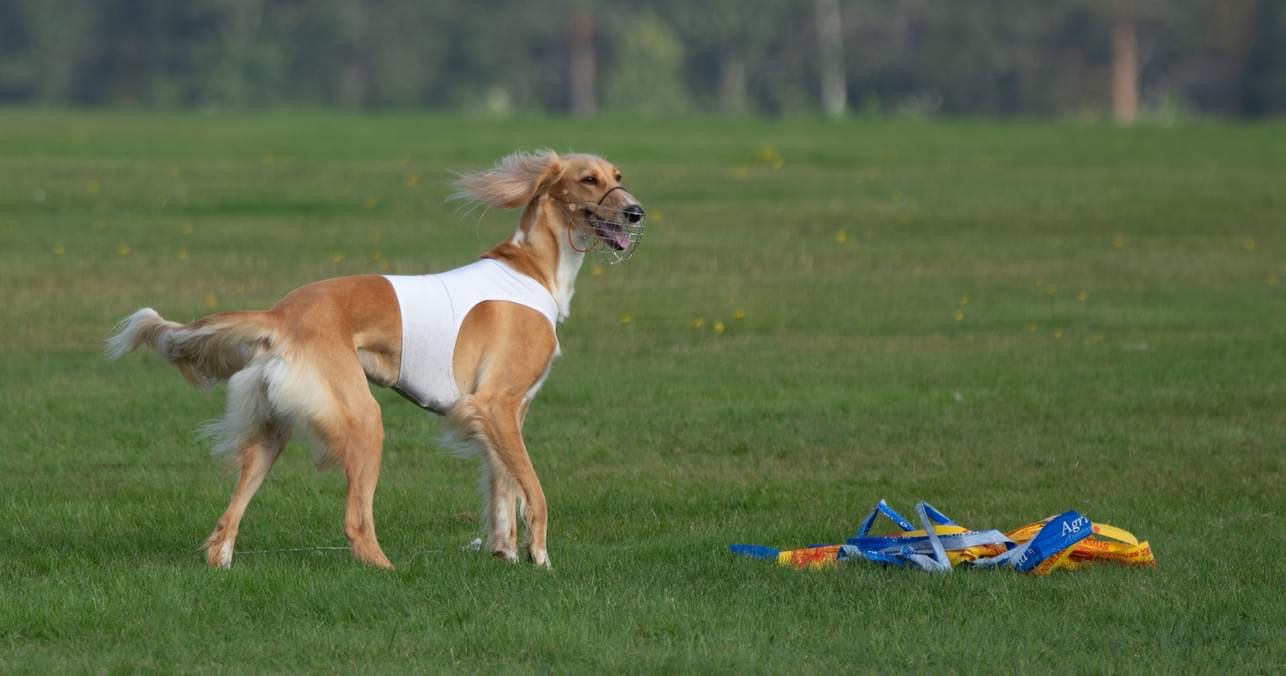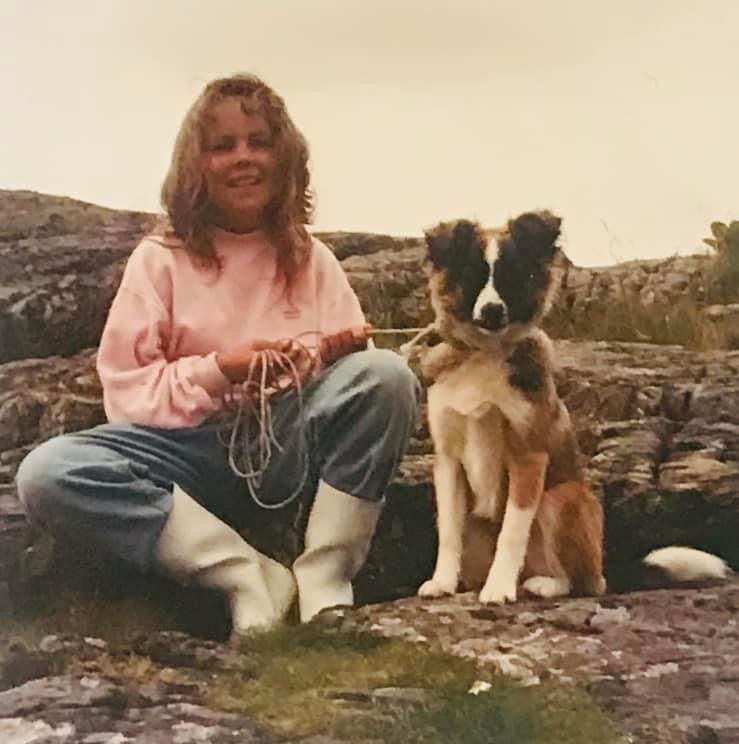
The journey to the lure coursing fields
- Janne Flusund
- 1. sep. 2023
- 4 min lesing
Oppdatert: 6. mars 2024
My journey into the lure coursing (LC) field began when I showed up at their training sessions to observe all the beautiful sighthounds. After discovering the sighthound and witnessing their graceful movements, there was little that could keep me away from taking a closer look at the LC track.
I have lived with dogs, cats and other pets my whole life. My family had Labrador, Collie, Husky and a mixed breed dog who had some genes from the Norwegian "Lundehund". My first very own dog was a mixed breed that actually looked a bit like a Silken Windhound.

The next one was a Cocker spaniel. We had lots of fun with obedience training.
Over ten years ago, I started my first sighthound on the LC track. I brought my Italian Greyhound, Micah, to LC training sessions, and soon after, we progressed to obtaining a license. At just 16 months old, he secured fourth place with an impressive 83.5 points in the autumn trial.

It was a new experience for me to train a dog without actively trying to make him understand or learn something new; sighthounds excel purely on instinct.

Watching the various sighthound breeds run, their eyes focused on the lure, and their bodies executing powerful, long, and agile leaps that seem to defy gravity, is truly fantastic.
It’s also delightful to connect with other sighthound enthusiasts, sharing experiences and advice. Here in the eastern part of Norway, we were welcomed by an enthusiastic group of people who taught me the fundamentals of LC. I extend my gratitude to everyone who organizes training sessions and trials.
The long history of the Saluki fascinates me—the way its elegance and dignity have been preserved through the centuries. A companion to people across different cultures and eras. Similar hounds can be traced back in art history all the way to ancient times.

Currently, I have two Salukis—one of whom I compete with in lure coursing. She loves chasing the lure hare and showcases her remarkable abilities on the track.
We found Nomi (NO CH DK CH Sommarvindens Star Light) four years ago in a sunny location in southern Sweden. Our star has performed exceptionally well on the LC track.
As a puppy, she played with a worn-out lure hare we acquired during an LC training session. Even now, toys that can be dragged along the ground remain her favorite.
When she was over six months old, she tried a short straight track. Her keen interest in the lure hare led to an easy license when she turned one year old. The only challenge was getting her registered for the event in time. Access to a suitable field, judges, and authorized individuals to manage the lure hare is crucial. We knew there was tough competition for spots. So, we turned on all notifications on Facebook and closely followed every update. We waited for the moment when registration opened and were ready to sign up as soon as possible.
Last autumn’s trial, we arrived with Nomi, anxious about how it would go. It turned into a long day of mud and rain. As our turn approached, butterflies fluttered in our stomachs. When we stepped onto the track, Nomi was focused and prepared. She knew exactly what to do. She chased the lure hare as if she had never done anything else, even though she had run LC only a handful of times.
In April this year, the spring trial in Trøgstad awaited us. We woke up at half past five and set off, filled with anticipation. Was our previous success just luck? Despite a week of brilliant sunshine, Sunday brought heavy rainfall. Once again, it was a long day of mud and rain. Our flying hound delivered once more, and we proudly took home Certificate number two!
To prevent injuries, it’s crucial to keep the dog in good physical condition, ensure proper warm-up before a race, and cool down afterward. Regular nail trimming is also essential to avoid overly long claws during LC runs. Personally, I’m not a fan of the Continuous Loop (CL) track design, where the line allows the lure hare to move back and forth instead of being pulled up for each race. While it reduces waiting time, dogs may risk tripping over the line. Typically, a simple line is used for each race, always positioned in front of the dogs.
The key attributes for lure coursing are speed, agility, enthusiasm, hunting ability, and endurance. Fortunately, we don’t need to train these—they come naturally to sighthounds. Our focus is maintaining their physical fitness by allowing them to run freely.
Overtraining on the LC track isn’t advantageous; it can make them “track-smart.” They thrive on instinct, and our role is to keep them fit and ready for those exhilarating runs!
If you’re curious about Lure Coursing, I recommend visiting a training session and watching the impressive dogs in full sprint. Trials and training events are held both in Østlandet and Trondheim.














